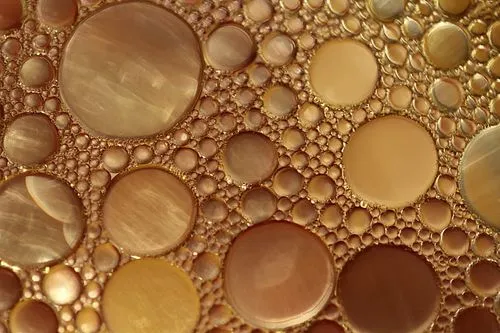
What is a high-pressure homogenizer?
A high-pressure homogenizer (HPH) is equipment used to emulsify, mix two or more liquids together that are not normally immiscible, such as oil and water, or to reduce the size of particles in a liquid (micronization.) It works by applying extremely high pressures, typically in the range of 1000-3000 bar (14,500-43,500 psi), to a mixture of liquids to breakdown particles and combine ingredients.
High-pressure homogenizers are commonly used in various industries, including:
- Pharmaceuticals: to create emulsified medications and suspensions.
- Biotechnology: to break cells to harvest proteins, viruses and organelles.
- Material Science: to deagglomerate, delaminate and disperse 1D and 2D components such as carbon nanotubes and graphene.
- Food and beverage: to create emulsified products such as flavors, colors, functional ingredients such as fish oil and Vitamin C.
- Cosmetics: to create emulsified creams, lotions, and ointments.
- Chemicals: to create emulsified cleaning agents, pesticides, and other chemical products.
The high-pressure homogenization process involves the following steps:
- Pre-treatment: The liquids to be homogenized are pre-treated with heat, cooling, low shear mixing to prepare them for homogenization.
- High-pressure injection: The liquids are pumped into a chamber at very high pressure (typically above 1000 bar). The high-pressure injection creates intense shear, impact and cavitation forces that break down the particles and mixes the liquids and particles together. The forces exerted on the liquid will vary depending on the type of HPH.
- Depressurization: The mixture is then rapidly returned to atmospheric pressure.
The advantages of high-pressure homogenization include:
- Efficient mixing: High-pressure homogenization allows for efficient mixing of liquids that would otherwise be difficult or impossible to combine.
- Stable emulsions: The process creates stable emulsions with improved shelf life and consistency.
- Improved particle size distribution: The process can create a uniform nano-particle size distribution, which is important for many applications.
- Nanoparticles, improve bioavailability in pharmaceutical and nutraceutical preparations.
- Allow oral drugs to be re-purposed as parenteral, subcutaneous or transdermal delivery mechanisms.
- Reduce particle size to a level that can be terminally sterilized by filtration.
- Low energy consumption: High-pressure homogenization requires less energy than other mixing methods.
However, HPH also has some limitations:
- Capital investment: The equipment required for high-pressure homogenization can be a significant capital investment.
- Maintenance: The equipment requires regular maintenance to ensure optimal performance and prevent contamination.
- Operator expertise: Because of the performance capabilities and flexibility of HPH the process requires specialized knowledge and training to operate effectively.
Overall, high-pressure homogenization is a powerful tool for creating stable emulsions, nanoparticles and mixing liquids that would otherwise be difficult or impossible to combine.
Contact us today to discuss how our BEE brand high-pressure homogenizers may be able to assist you in your specific application.

